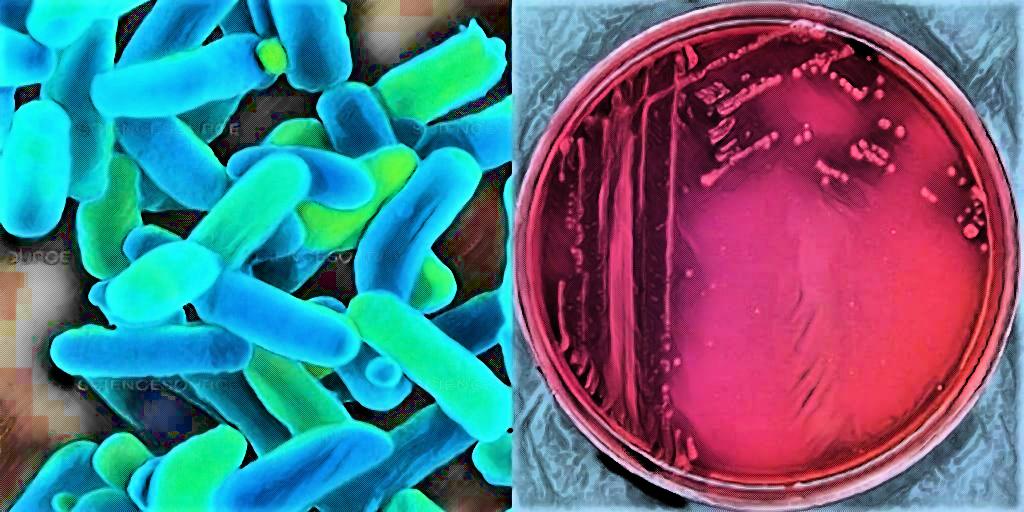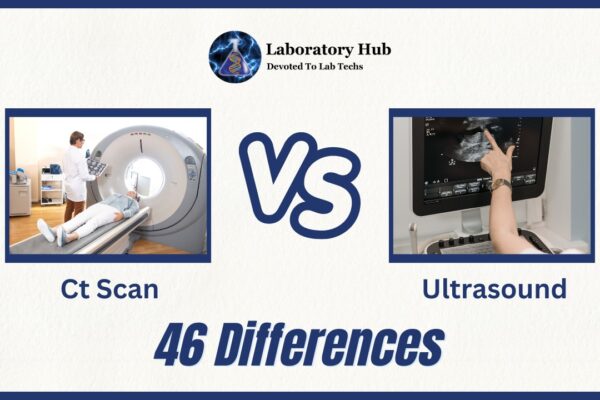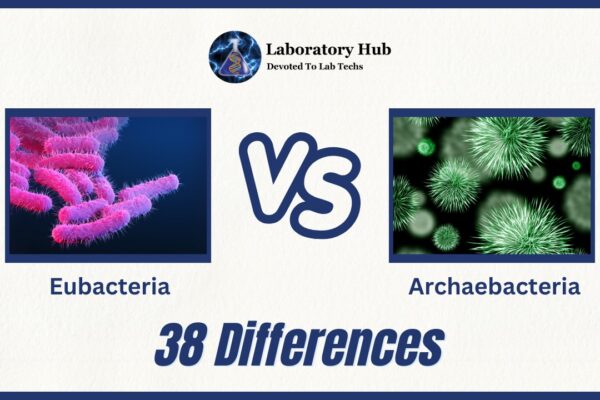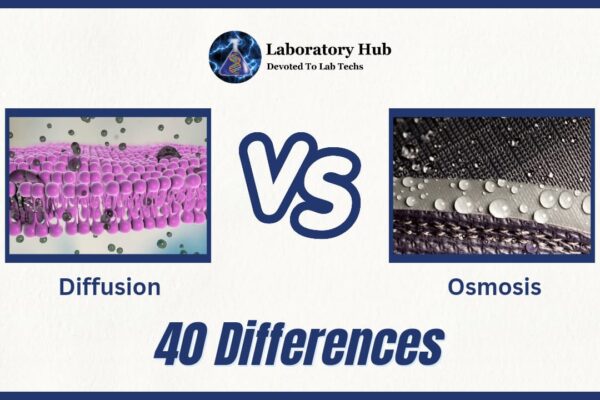Check out the Morphology and Culture Characteristics of Shigella dysenteriae (Sh. dysenteriae)
Hey, Good to see you here 😀 …… In this Article, We’re gonna discuss in Detail the Morphology & Culture characteristics of Shigella dysentriae….. If you have any queries, don’t forget to mention in Comments….. Thanks
Morphology of Shigella dysenteriae (Sh. dysenteriae)
[wp-svg-icons icon=”point-right” wrap=”i”]Shigella dysenteriae is a short, rod shape (bacillus) bacterium.
[wp-svg-icons icon=”point-right” wrap=”i”]The size of Shigella dysenteriae is about 1–3 µm × 0.5 µm (micrometer).
[wp-svg-icons icon=”point-right” wrap=”i”]Shigella dysenteriae is arranged singly or in pairs.
[wp-svg-icons icon=”point-right” wrap=”i”]Shigella dysenteriae is a non-motile bacterium. Some strains of E. coli are non-motile.
[wp-svg-icons icon=”point-right” wrap=”i”]Shigella dysenteriae is a non-flagellated bacterium.
[wp-svg-icons icon=”point-right” wrap=”i”]The Shigella dysenteriae is a non–sporing bacterium.
[wp-svg-icons icon=”point-right” wrap=”i”]Sh. dysenteriae is a Non-capsulated bacterium.
[wp-svg-icons icon=”point-right” wrap=”i”]Shigella dysenteriae is a Gram -ve (Negative) bacterium.
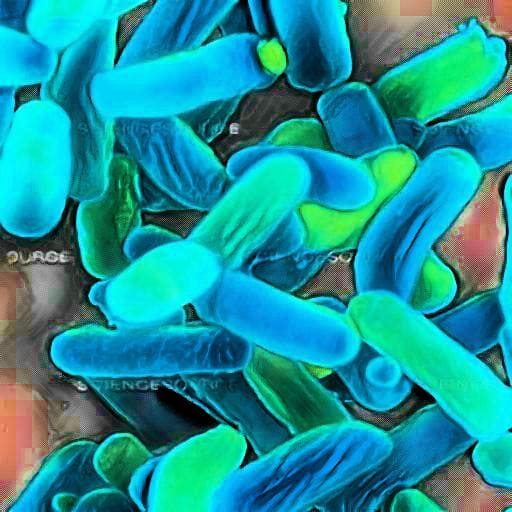
Culture Requirements of Shigella dysenteriae (Sh. dysenteriae)
[wp-svg-icons icon=”point-right” wrap=”i”]Special requirements – Shigella dysenteriae have no complex nutritional requirements and readily grow in an ordinary media like Nutrient Agar medium (NAM). Commonly the MacConkey Agar medium & XLD medium is used for the cultivation of Shigella dysenteriae in Laboratory.
[wp-svg-icons icon=”point-right” wrap=”i”]Optimum temperature – Shigella dysenteriae ranges from 10–40°C but the optimum temperature for most of the strains is 37°C and usually cultivated at this temperature in laboratories.
[wp-svg-icons icon=”point-right” wrap=”i”]Optimum pH – Sh. dysenteriae cannot survive at acidic pH below 4.5, the maximum growth observed at 7.0 i.e. neutral pH. Also, the pH requirement varies as per the strain of Escherichia col.
[wp-svg-icons icon=”point-right” wrap=”i”]Oxygen requirements – Shigella dysenteriae (Sh. dysenteriae) is an aerobic bacterium i.e. grow best in the presence of oxygen and it is also a Facultative anaerobic organism i.e. can grow in a low oxygen environment.
[wp-svg-icons icon=”point-right” wrap=”i”]There are various culture media used for the cultivation of Shigella dysenteriae (Sh. dysenteriae) in the laboratory and most commonly the MacConkey Agar medium, XLD medium and Selenite F broth medium is used which may vary as per the SOPs of the laboratory, the other media are as follows –
- Columbia Horse Blood Agar medium.
- Sheep Blood Agar medium.
- Eosin Methylene blue Agar (EMB) medium
- Deoxycholate Citrate Agar (DCA) medium (Selective medium for Salmonella & Shigella).
- Salmonella – Shigella Agar medium (Selective medium for Salmonella & Shigella).
- Xylose Lysine Deoxycholate (XLD) medium (Selective medium for Salmonella & Shigella).
- Selenite F Broth (Selective medium for Salmonella & Shigella).
- The Liquid medium (Trypticase Soy Broth, Nutrient broth etc.)
[wp-svg-icons icon=”point-right” wrap=”i”] The Deoxycholate Citrate Agar (DCA) medium which is the Selective medium for Shigella dysenteriae & other Shigella Species as well as Salmonella Spp. contains Deoxycholate and Citrate salts in a concentration that inhibits the growth of many gram-positive bacteria & most of the intestinal flora and supports the growth of Shigella dysenteriae.
[wp-svg-icons icon=”point-right” wrap=”i”]Similarly, the Salmonella – Shigella Agar medium which is also a selective medium for Shigella dysenteriae & other species of Shigella as well as Salmonella spp. contains 4 key components that make it selective for Salmonella & Shigella i.e. Bile salts, Brilliant green dye, Sodium citrate & Sodium thiosulfate which selectively inhibits the growth of many gram-positive bacteria & coliform bacteria and supports the growth of Salmonella & Shigella sp.
Culture Characteristics of Shigella dysenteriae (Sh. dysenteriae)
[table id=81 /]
[wp-svg-icons icon=”point-right” wrap=”i”]In liquid culture media like Trypticase soy broth or Nutrient broth, the growth of the bacterium occurs as turbidity in the broth medium but the chances of contamination are high especially when the isolation is carried out from Feces specimen, commonly the Selenite F broth and Tetrathionate broth is used for the isolation of Shigella dysenteriae.
[wp-svg-icons icon=”point-right” wrap=”i”]In Blood Agar medium, the Shigella dysenteriae shows gamma hemolysis i.e. no hemolysis occur on blood agar medium, the colonies are grayish white and grows well.
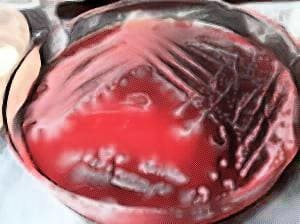
[wp-svg-icons icon=”point-right” wrap=”i”]In MacConkey Agar medium, the colonies of Shigella dysenteriae are colorless due to the lack of lactose fermentation which is of great importance in differentiating Sh. dysenteriae from other Bacteria present in the specimen, especially from Gram-positive bacteria and Escherichia coli which is lactose fermentor and gives Pink color colonies on MacConkey agar medium.
[wp-svg-icons icon=”point-right” wrap=”i”]In Eosin Methylene Blue Agar (EMB) medium, the colonies of Shigella dysenteriae are colorless due to lack of lactose fermentation.
[wp-svg-icons icon=”point-right” wrap=”i”]In Deoxycholate Citrate Agar medium, the colonies of Shigella dysenteriae are colorless due to Non-Lactose Fermentation (NLF).
[wp-svg-icons icon=”point-right” wrap=”i”]In Salmonella Shigella Agar medium, the colonies of Shigella dysenteriae are Colorless. Hydrogen sulfide is not produced by Shigella dysenteriae.
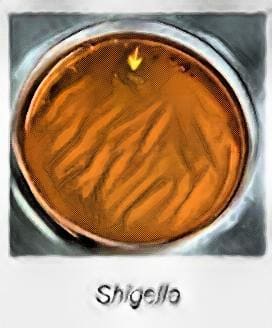
[wp-svg-icons icon=”point-right” wrap=”i”]Selenite F broth, the enrichment medium for Shigella & Salmonella species, commonly used for the isolation of the organism from the fecal sample where the density of Shigella dysenteriae may be too low in early stages of infection. The fecal specimen inoculated in Selenite F broth are incubated for 6-12 hours generally (not more than 24 hours) and then subcultured on XLD medium or any other selective medium.
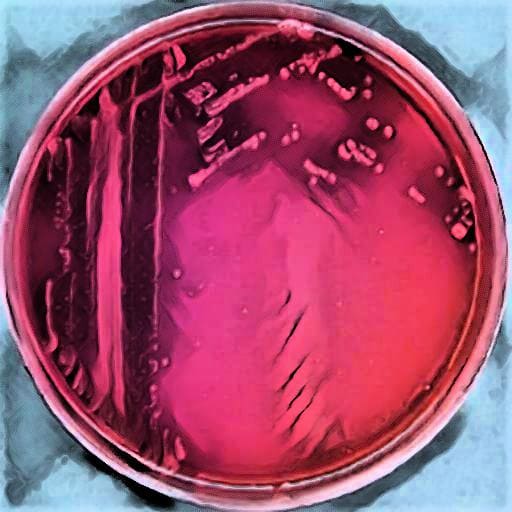
That’s all about the Morphology and Culture Characteristics of Shigella dysenteriae (Sh. dysentriae)
Frequently Asked Questions (FAQs)
Shigella dysenteriae can be cultured on media such as MacConkey agar, Hektoen enteric agar, or Salmonella-Shigella (SS) agar.
Shigella diarrhea typically presents as a watery diarrhea, which may contain blood, mucus, or pus. It may also be accompanied by abdominal pain, fever, and tenesmus (the feeling of needing to pass stool even though the rectum is empty).
Dysentery is a type of diarrhea that is characterized by frequent, loose stools that contain blood and mucus. It can also cause abdominal cramps, fever, and dehydration.
Shigella colonies on SS agar are typically non-lactose fermenting, non-hydrogen sulfide producing, and appear as small, colorless colonies.
Dysentery or dysentry is a type of diarrhea that is characterized by frequent, loose stools that contain blood and mucus. It is usually caused by infection with bacteria, such as Shigella, or parasites.
Dysentery itself does not have a color, as it is a medical condition. However, as mentioned earlier, the stool in dysentery may contain blood and mucus, which can give it a reddish-brown or black color.

